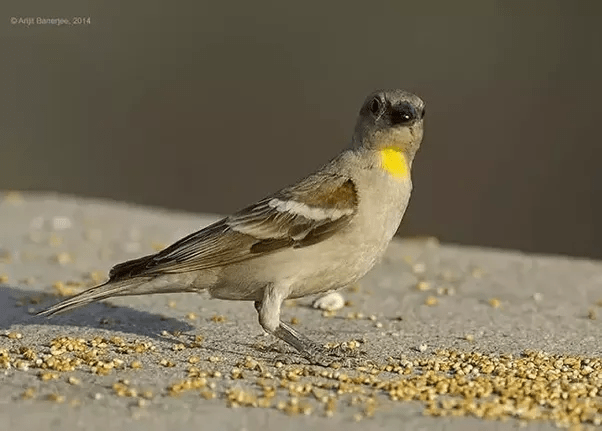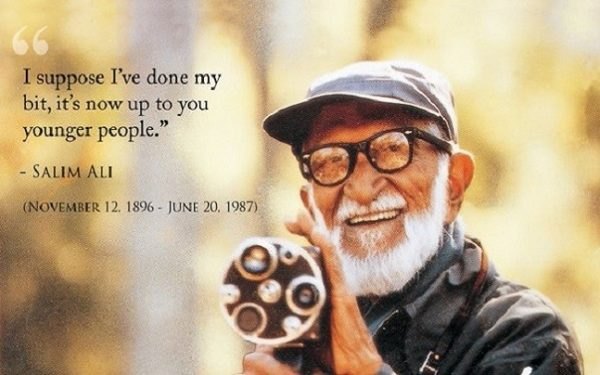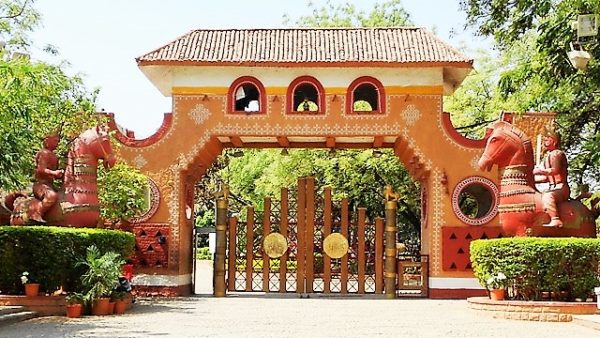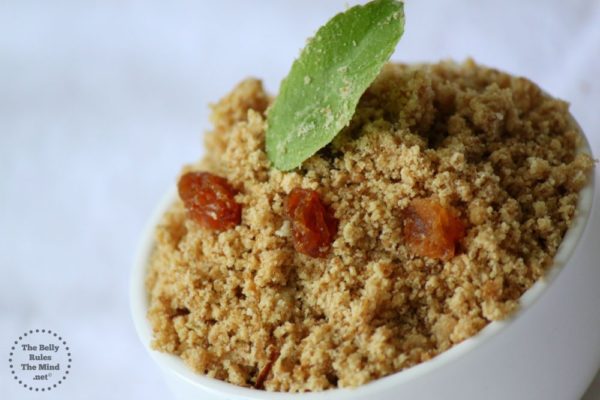Salim Mouzuddin Abdul Ali, one of the greatest Indian ornithologist and naturalists of all time who learned to fly without wings to explore the sky of ornithology. He is also known as “Birdman of India” as he was the first scientist to carry systematic bird surveys in Indian and other countries. His contribution, research, and discovery have transformed ornithology in India. He influenced the field of ornithology all over the World.
Childhood of Birdman
Salim Ali was born on 12 November 1896 in Bombay, the ninth and youngest child of his parent. His father passed away when the little Ali was a year Old. After two years his mother also died. At the age of 3, he became an orphan. Salim Ali was raised by his Uncle Amiruddin Tyabji and aunt Hamida Begum along with his all siblings. His another uncle was Abbas Tyabji, a very well-known Indian freedom fighter.
At the age of 10, Salim was playing in the garden and suddenly he saw a bird. He shot it down. With curiosity, he ran towards the bird and picked it up. The bird looked like a house sparrow but it had some strange yellow shade on the throat. Salim took the bird to his uncle and asked about the bird. His uncle didn’t have any knowledge about the bird. Then he took Salim to W.S Millard, the honorary secretary of the Bombay Natural History Society. Millard was amused to see the interest of a little child toward birds. He took Salim with him to see similar words. Salim became excited to see similar birds and started visiting the place often.

Education of Salim Ali
Salim took his primary education from Zenana Bible and medical mission girls high school along with his two sisters. He also attended St’ Xavier’s College Bombay. He suffered from chronic headaches which had affected his studies very much. Anyhow he managed to pass matriculation from Bombay University. Salim attended college also but didn’t receive any University degree. Salim Ali married Tehmina Begum in December 1918. He went to Burma (Myanmar) to assist his brother in tungsten mining and timber.
The Journey of the Birdman in Ornithology
After sometimes, Salim Ali returned back to India and attended St’ Xavier’s College, Bombay. He completed a degree in Zoology from St’ Xavier’s College, Bombay. He had earlier contacts in the museum of Bombay natural history society. He managed to get a job there as a guide. He used to conduct visitors and educate them about the preserved birds. His interest grew more from here about the birds. He decided to explore and learn more in the field of ornithology.
He visited Germany and met Dr. Irvin Strassman, a very well-known ornithologist of his time. He stayed there for a while and returned back to India. But on his return, he left his job due to financial reason. He started searching job which could pay him some money for the survival but unfortunately, he couldn’t manage to get one. At last, he again joined Museum of Bombay natural history society as a clerk. His job was to take care of paper works regarding the birds of the museum.
Salim used to travel a lot to conduct several types of research on different kind of birds. In 1930 he published a research paper on nature and activities of weaver birds. This was the beginning of his recognition in the field of ornithology. The published article was appreciated all over the country and the world. He published the “The book of Indian birds in 1941” which contained all the details about the birds exists in India.
Post-independence, he took over the charge of Bombay natural history society and successfully managed it. Bombay natural history society often used to face financial crunches but Salim used to collect the funds and saved the society every time. The Government of India also extended its help to save the 100-year-old Bombay natural history society.
Books of Salim Ali
He worked with S. Dillon Ripley and wrote “Handbook of the birds of India and Pakistan” (10 volume set) each book for each year of research from 1964-74. The book describes the type of birds, migration, habitat, habits, and volume of the Indian sub-continent. He also wrote “common birds” in 1967, “Birds of Kerala” and his autobiography “The fall of Sparrow” in 1985.
Honor and Recognition for Birdman of India
Salim Ali was the first person to introduce systematic ornithology survey to India. In 1953 he awarded with “Joy Gobinda Law Gold medal” by the Asiatic Society of Bengal. He received an honorary doctorate from Aligarh Muslim University in 1958, Delhi University in 1973 and Andhra University in 1978. In 1967 he received a gold medal from “British ornithologists union”. He was the first non-British person to receive this award. He also received J. Paul Getty wildlife conservation price of $100,000 which he donated for Salim Ali Nature Conservation Fund. In 1969 he received John C. Phillips memorial medal of the international union for the conservation of Nature and natural resources.
The Indian government honored him with a Padma Bhushan in 1958 and Padma Vibhusan in 1976. The Indian Government also nominated him for Rajya Sabha seat in 1985. In 1990, the Indian government founded Salim Ali Centre for Ornithology and Natural history in Coimbatore. He was also instrumental in persuading the then Maharaja of Mysore to declare the present Ranganatittu Bird Sanctuary area as a protected area which is now a nest for many migrant birds. He was awarded and honored by different state governments also.
Various schools and universities have been established in his name. In June 1987, we lost our Bird-man forever. He was suffering from Prostate cancer. He died at the age of 90. He contributed a lot in the field of ornithology and he will be always an inspiration for us. We remember and salute Mr. Salim Ali for his incredible contribution to India.









